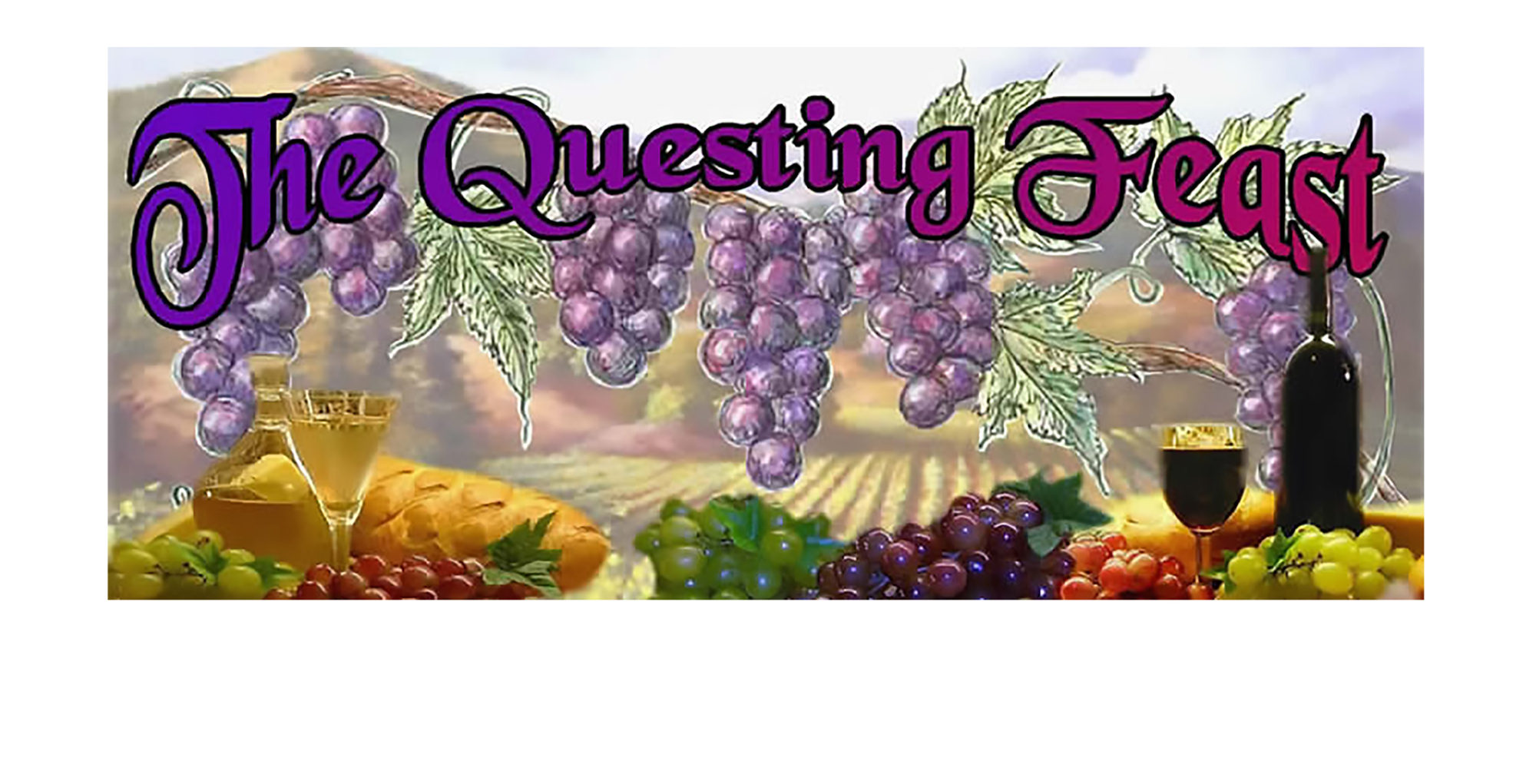by Geraldine Duncann
Gung Hay Fat Choy! Chinese New Year 2021 falls on Friday, February 12, 2021, beginning a year of the Ox. China’s public holiday will be February 11–17, 2021.
Unlike the new year in the western world, which uses a fixed date which remains constant , the Chinese_New_Year is set by the lunar calendar, therefore, the beginning of the Chinese New Year may fall anywhere between the last part of January and the first part of February.
Most Chinese greet the New Year with far greater abandon and with far more ritual and tradition than most of us in the western world greet the New Year. Families begin preparations far in advance with the assembly of decorations, banners, lanterns, food, drink and flowers. It is a time for families to reunite and celebrate each other with feasting and general revelry.
Mongolian Fire Pot
What better way to learn about people of varying origins than through their celebrations and foods. Why not host a Chinese supper for family and friends? If you feel you don’t know much about the preparation of Chinese food, don’t worry. If you can steam a pot of rice, make or buy a good chicken, beef or fish stock and if you can use a knife to slice and chop, they you know all that is necessary for enjoying a feast of Mongolian Fire Pot.
Mongolian Fire Pot is a favorite cold-weather dish in China, and superb way for those who don’t consider themselves proficient in the art of Chinese cuisine, to none-the-less, be able to simply and economically assemble an authentic Chinese meal. And it’s fun.
Chinese Tea Eggs
Chinese tea eggs are an auspicious treat eaten at celebratory times, including Chinese New Year. Not only are they tasty and fragrant, but they are beautiful.
Gifts
If you are invited into a Chinese home during the new year, you should bring some small gifts. Here are some ideas:
Shopping
by Dana Leilehua Yuen
While you can certainly make virtually any Chinese dish with virtually any utensils, it’s not only fun to use the traditional cookware, but in many cases easier, as the dish and the cookware evolved together.
Mongolian Hot Pot
The traditional pot was created to meet the needs of a nomadic people. It is fuel efficient, light weight and encourages gathering together. I love cooking in a Mongolian pot. You can simmer the food in the broth, and you also can sear meats by laying them on the side of the chimney. While this electric pot does not have a chimney, it is a really nice one at a good price, and more versatile than the charcoal-burning style.
Wok
This is an excellent wok to keep on hand. It is small enough to use easily in a modern kitchen, but big enough to cook in for a small family. It is very similar to the wok I use. It is great on an induction burner.

